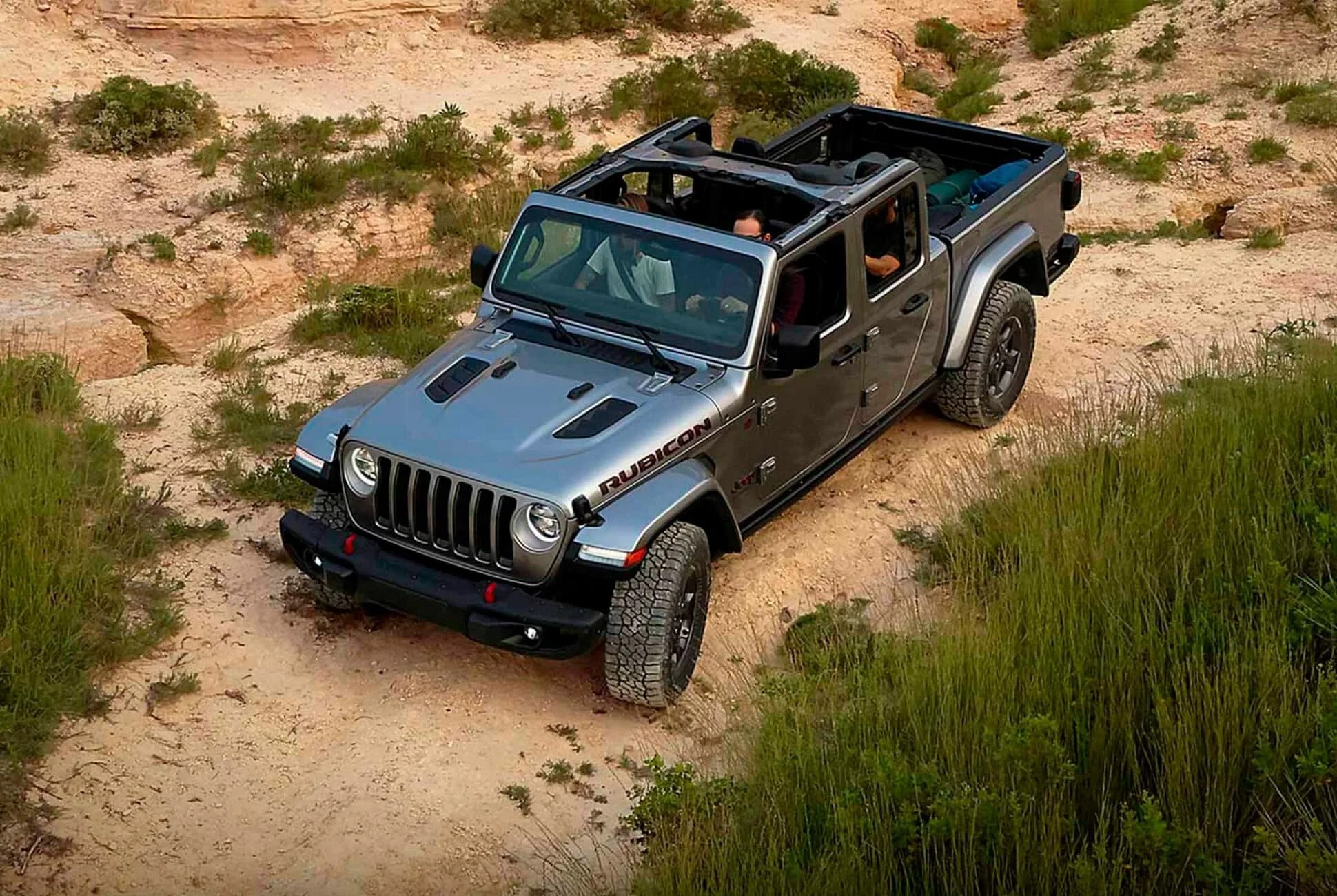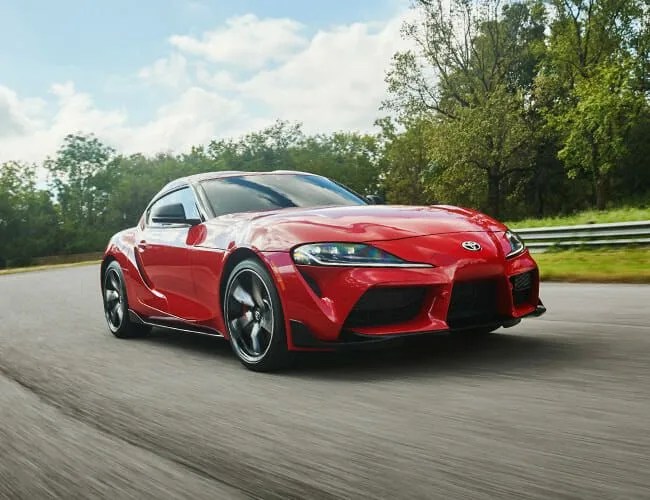I promised to write this in the first person, lest my apostasy be attributed to others. I don’t like the Jeep Gladiator.
I come at this with solid Jeep cred. I drove a 1995 Wrangler YJ S with a manual in high school. I upgraded to a 2000 Wrangler Sahara, also a manual, in college. My parents still own two Wranglers. I left the Jeep fam when I moved to NYC. Owning one no longer made any sense, and I would need to buy my own gas.
I understand the Gladiator’s mid-size truck appeal. There are people who want a rough and tumble Jeep Wrangler but also need a truck bed to port their other active lifestyle accoutrements. Jeep should have a vehicle for them. I just don’t particularly like this one.
The “Gladiator” name made me skeptical from the outset. Jeeps that reference the Old West (Wrangler, Cherokee, Wagoneer etc.) in a quasi-specific fashion tend to work out well. Jeeps that evoke vague concepts (Compass, Liberty, Commander, Patriot) do not. Gladiator skews toward the latter. Yes, “Gladiator” references a name in Jeep’s heritage, but not a vital one. Jeep originally dumped it for “J-Series Truck.”
The Gladiator arrived. Everyone else raved. I wasn’t that taken with it. I presumed this was a “me problem.” Photographs can be wonky. It’s best to view a car in person. I made sure to budget some time into my NAIAS day for careful Gladiator study in the Jeep pavilion. I viewed it from multiple angles. I pondered it like fine art. I took my own pictures. I… still don’t like it.
It looks and feels like what it is: a blatant, cobbled together attempt by Jeep to enter a lucrative market segment.
Broadly, the truck feels disproportionate. It’s as though Jeep took the instruction to slap a truck bed in the back of a Wrangler too literally. The bed feels too short and narrow for the cabin. It was also too short to easily accommodate the dirt bikes elsewhere in Jeep’s display. Yet, somehow the truck feels too long overall, even more so after someone has put in the strenuous effort to remove all four doors.

